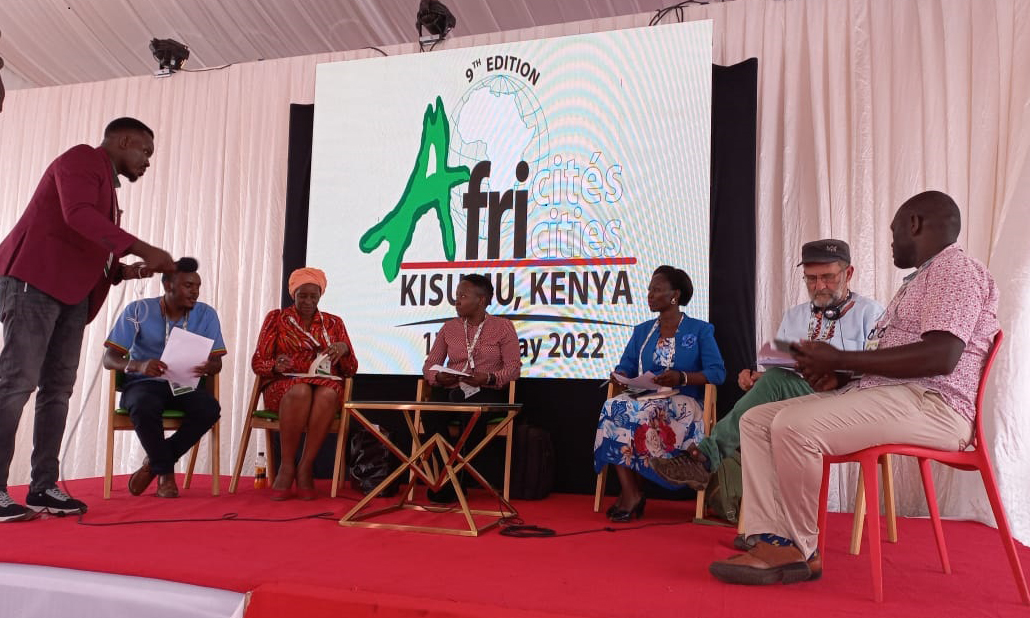Justice is too sacrosanct to be associated with violations of rights in custody – irrespective of whether it is in judicial custody or in the custody of the law enforcement personnel. Certainly, the excesses perpetrated in custody are not part of justice.
I. Skewed perceptions on custody in India
Custody is often narrowly construed in common parlance. The NGOs usually construe custody as “police custody” given the custodial violence they address in their work. Lawyers usually construe as “judicial and police custody” given the standard practice.
Such skewed perceptions excluded a large number of persons who are taken into custody by the armed forces under the command of the Central government of
At present, 21 out of 28 States face internal armed conflicts. In these internal armed conflict situations, central armed forces like the Central Reserve Police Personnel, Rashtriya Rifles, Assam Rifles etc have been deployed. Recently, battalions from one State are deployed in other States. For example, the personnel of the Naga Battalions and Mizo Battalions are deployed in Chhattisgarh. These security forces often take people into custody without any legal sanction, detain them for long periods and subject them to custodial violence. The NHRC has statutory limitations under the Human Rights Protection Act of 1993 to investigate violations by these central armed forces.
The direction of the NHRC to the District Magistrates to report to NHRC the incidents of custodial deaths within 24 hours has helped to understand the pattern of custodial deaths in the country. It brought the intensity and scale of custodial violence to spotlight given the fact that the National Crime Records Bureau of the Government of India miserably failed to highlight custodial violence.
But, the NHRC must not only be a “documentation centre” or “statistical department” office recording custodial deaths. The NHRC is not meant to and cannot replace the judiciary. But it can play the catalytic role in cooperation with NGOs to ensure justice for the victims of custodial violence.
II. Recommendations
In this context, Asian Centre for Human Rights makes the following recommendations:
First, though NHRC is not mandated to inquire into human rights violations by the armed forces, the NHRC must explore the possibility of taking measures or adopting a law to ensure application of the guidelines issued by the Supreme Court in the D K Basu case whenever the armed forces/battalions from other States take persons into their custody. The registration of the record of arrest of such persons must be made mandatory. It is precisely because the central security forces are not required to maintain the record of their arrests that gross human rights violations have been taking place in the peripheries of
Second, central to administration of justice in case of violations of human rights in custody is the need to collect evidence. The role of the medical professionals is crucial. The way many doctors perform autopsies and doctor the autopsy findings under duress do not require any introduction. The NHRC needs to work in a more pro-active manner with Indian Medical Association (IMA) to raise awareness and ensure accountability of the medical professionals. The IMA must take action in cases of violations of the medical ethics by the medical professionals. At the same time, NHRC must also create specific protection mechanisms for the medical professionals whenever they are threatened by the police.
Third, the NHRC needs to create a prosecution department to act as deterrent against custodial violence. This would obviously require further strengthening of its investigation department and the NHRC and its representatives exercising the powers of a civil court accorded to it under the Protection of Human Rights Act of 1993 more strictly. The NHRC prides itself for awarding compensation to many family members or relatives of hundreds of victims of custodial deaths. But the question remains as to in how many cases it had taken steps for prosecution of the guilty. There are many cases of custodial violence where the NHRC has the evidence that can withstand any judicial scrutiny to prosecute the guilty. If NHRC takes up such cases, it will raise necessary awareness to address custodial violence.
But such prosecution alone cannot raise necessary awareness. Otherwise, the arrest of three senior Indian Police Service Officers in
It brings us to the final recommendation. The only way to address the custodial violence is to adopt a law to address the issues of custodial violence in conformity with the United Nations Convention Against Torture and its Optional Protocol. The law will create its own awareness that no judgement can create. The NHRC must learn from its experiences. The biggest contribution of the NHRC is not its intervention with the courts such as NHRC Vs State of Arunachal Pradesh or its intervention in Gujarat riots but the creation of NHRC to a large extent raised awareness on human rights and dispelled the perceptions in the officialdom that human rights are not instruments of the western governments to interfere in internal affairs. It is another matter that in the post September 11 th period, all governments have become the same. Nonetheless, when a Commission created by the government through a parliamentary act intervenes, it raises necessary awareness.
Therefore, the NHRC must urge the government of
ACHR WEEKLY REVIEW
[The weekly commentary and analysis of the Asian Centre for Human Rights (ACHR)]
C-3/441-C, Janakpuri, New Delhi-110058,
Tel/Fax: +91-11-25620583, 25503624


